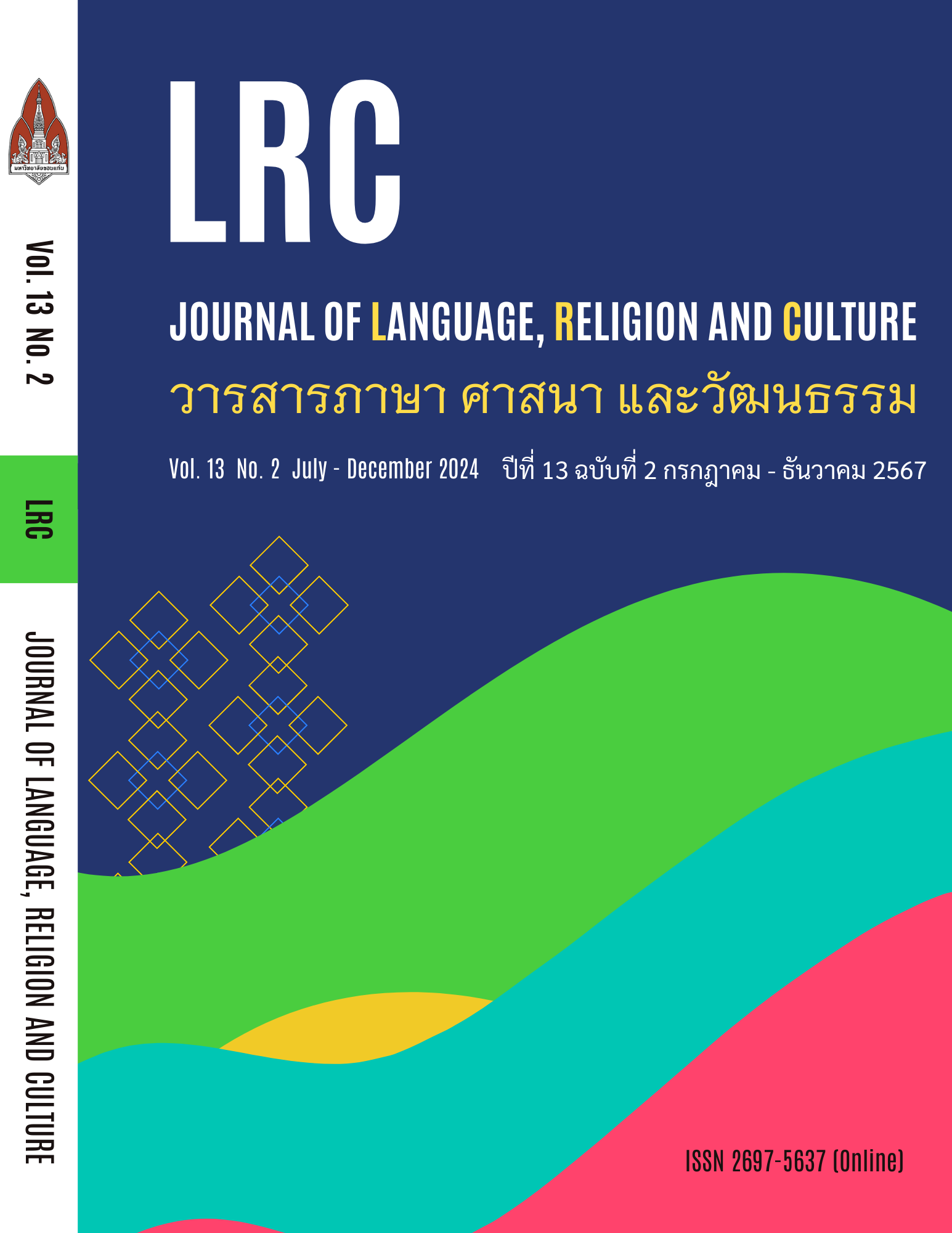ผี/รัฐ/ทุน: ศาสนาผีในมิติทางการเมืองไทย
ผี/รัฐ/ทุน: ศาสนาผีในมิติทางการเมืองไทย
คำสำคัญ:
ศาสนาผี, ผี, การเมือง, รัฐ, ทุนบทคัดย่อ
บทความนี้ต้องการศึกษาศาสนาผีในมิติทางการเมืองไทย โดยมองไปที่ความสัมพันธ์ระหว่าง ผี รัฐ และทุนที่สอดประสานรวมกันเป็นเนื้อเดียวและนำสู่พฤติกรรมทางการเมืองของผู้คน โดยเริ่มตั้งแต่การวิเคราะห์ที่ทางของศาสนาผีที่ไม่เคยหายไปจากรัฐไทย อันมีความเกี่ยวพันกับการเมืองมาตั้งแต่ประวัติศาสตร์ของนางนาคสู่การบวชนาค ต่อมาเมื่อศาสนาพุทธและพราหมณ์เข้ามามีอิทธิพล ผีก็ได้มีการปรับตัวจนผสานกลมกลืนไปกับศาสนาใหม่ เกิดเป็นศาสนาไทยคือ “ผี-พราหมณ์-พุทธ” ผีได้ถูกใช้ในฐานะเครื่องมือทางการเมืองในรัฐสมัยใหม่ ไม่ว่าจะเป็นการอ้างความชอบธรรมด้วยพระสยามเทวาธิราชของชนชั้นปกครอง หรือการโต้กลับด้วยหมุดจากคณะราษฎรของมวลชนที่ต่อสู้เพื่อประชาธิปไตย นอกจากนี้ตัวบทความยังมุ่งศึกษาถึงศรัทธาที่ไม่เคยถูกตั้งคำถามอันนำสู่พฤติกรรมที่ช่วยหนุนนำอำนาจของชนชั้นปกครองในยุคที่ผีอยู่คู่กับทุน ปิดท้ายด้วยปรัชญาว่าด้วยเรื่องผี ๆ เพื่อตรวจสอบความคิดว่าแม้นิยามความศักดิ์สิทธิ์ของผีจะเป็นการช่วงชิงของขั้วอำนาจต่างอุดมการณ์ แต่เรื่องผี ๆ ก็ยังสำคัญต่อการศึกษาเป็นอย่างมาก เพราะผีคือสิ่งที่ขับเคลื่อนความเป็นไปทุกอย่างของสังคมทุนนิยมเจ้า และมันก็ไม่เคยว่างขาดจากเรื่องการเมือง
เอกสารอ้างอิง
Chungsathiansap, K., Duangwiset, N., & Kenmee, A., editors. (2021). Investigating the theory of girl's way of thinking: The journey of anthropology. Bangkok: Sirindhorn Anthropology Center.
Duangwiset, N. (2017). Anthropological concepts and the study of sacred beliefs in Thai society. Academic journal Humanities and Social Sciences, 25(47), 173–197.
Guthrie, S. (2015). Faces in the Clouds: A New Theory of Religion. Oxford: Oxford University Press.
Guthrie, S. (2000). “On Animism”. Current Anthropology. 41 (1): pp. 106-107.
Laomanacharoen, S. et al. (2016). Women's power, mother-wife and female deity: reality and representation. Bangkok: Office of Academic Studies and Educational Standards.
Piker, P. (1968). The Relationship of Belief Systems to Behavior in Rural Thai Society. Asian Survey, 8(5), 384-399.
Saengsuriyong, P. (2022). What is there in 'royal capitalism' when the Thai princes adapt to the capitalist world?. Retrieved from https://thematter.co/social/royal-capitalism/188200
Saipan, P. (2010). Theory of the country. Bangkok: Creative Book Publishing.
Tiddy Smith (n.d.). Animism. Retrived from https://iep.utm.edu/animism/
Uitekkeng K. (2017). Bharata-Siam, ghosts, Brahmins, Buddhists?. Bangkok: Matichon.
Uitekkeng K, Panich W and Laomanacharoen S. (2021). Ghosts, Brahmins, Buddhism in Thai religion. Bangkok: Natahak Publishing House.
Uitekkeng K. (2021). Bharat-Siam: Religion must (not) prohibit politics?. Bangkok: Matichon.
Wongthet S. (2015). Religion and politics. In this life, we cannot be separated. Retrieved from https://prachatai.com/journal/2015/02/58054
Wongthet, S. et al. (2016). Women's power, mothers and wives and female deities: reality and representation. Bangkok: Bureau. Academics and educational standards etc.
Wongthet, S. et al. (2017). Going to the land of paradise. Art, traditions and beliefs at the royal funeral ceremony and royal crematorium.MAS Bangkok: Office of the Basic Education Commission. Ministry of Education.
Wongthet, S. (2022). "Animist religion" in Thailand for thousands of years. Before history to the present. In the museum National Phra Nakhon.
ดาวน์โหลด
เผยแพร่แล้ว
รูปแบบการอ้างอิง
ฉบับ
ประเภทบทความ
สัญญาอนุญาต
ลิขสิทธิ์ (c) 2024 วารสารภาษา ศาสนา และวัฒนธรรม

อนุญาตภายใต้เงื่อนไข Creative Commons Attribution-NonCommercial-NoDerivatives 4.0 International License.







